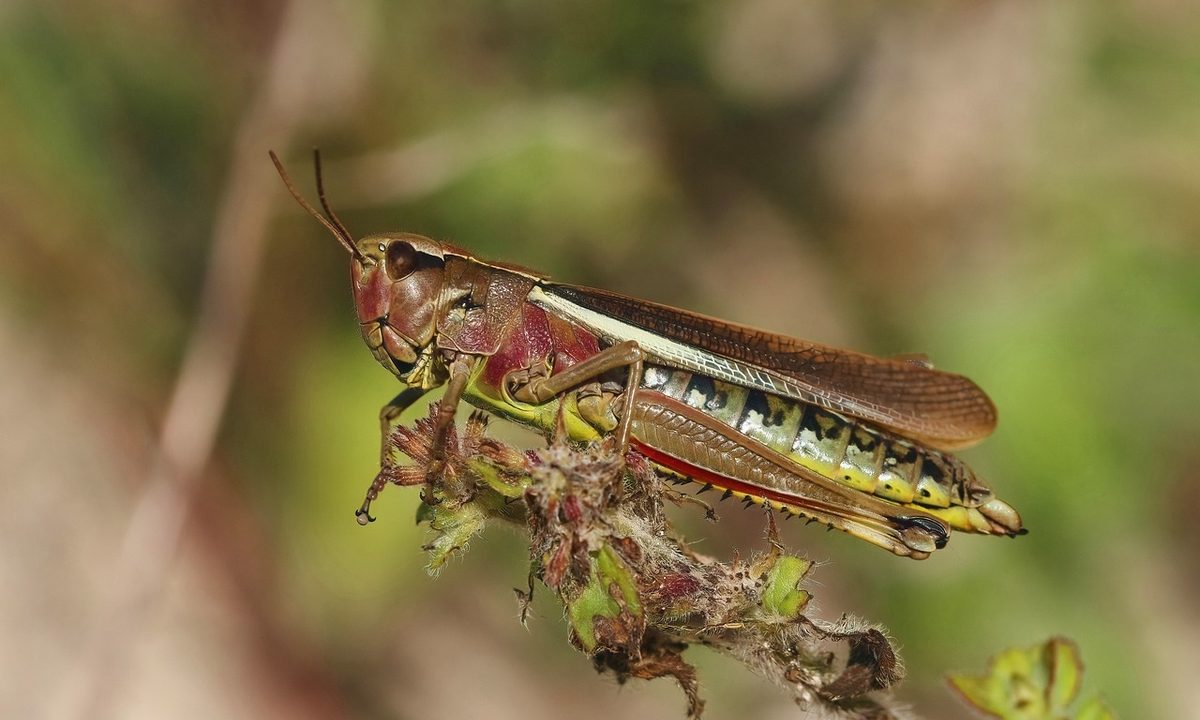Crickets may seem like harmless little creatures, but if you’re dealing with a full-blown infestation, they can become quite the nuisance. Whether they’re chirping away in your backyard or have found their way into your home, understanding how to get rid of crickets is essential for maintaining a peaceful environment.
That’s why we’re going to walk through some simple and effective ways to handle a cricket problem, both inside and outside your home. From understanding the potential harm they can cause to practical methods for keeping them away for good, you’ll find everything you need to know.
Are crickets harmful?

When people think of crickets, they often envision their soothing nighttime song. However, beyond the sound, you might be wondering if these insects pose any harm. For the most part, crickets are not dangerous to humans. They don’t bite or carry diseases that are harmful to people or pets. However, that doesn’t mean they’re completely harmless.
Crickets can become destructive, particularly when they enter your home. Some species, like house crickets, may nibble on fabrics, paper, and even food, potentially causing damage to clothing, upholstery, and stored items.
Outside, crickets can harm plants and garden beds if they congregate in large numbers. Therefore, learning how to get rid of crickets can save you from the hassle of dealing with property damage down the road.
Identifying the type of cricket
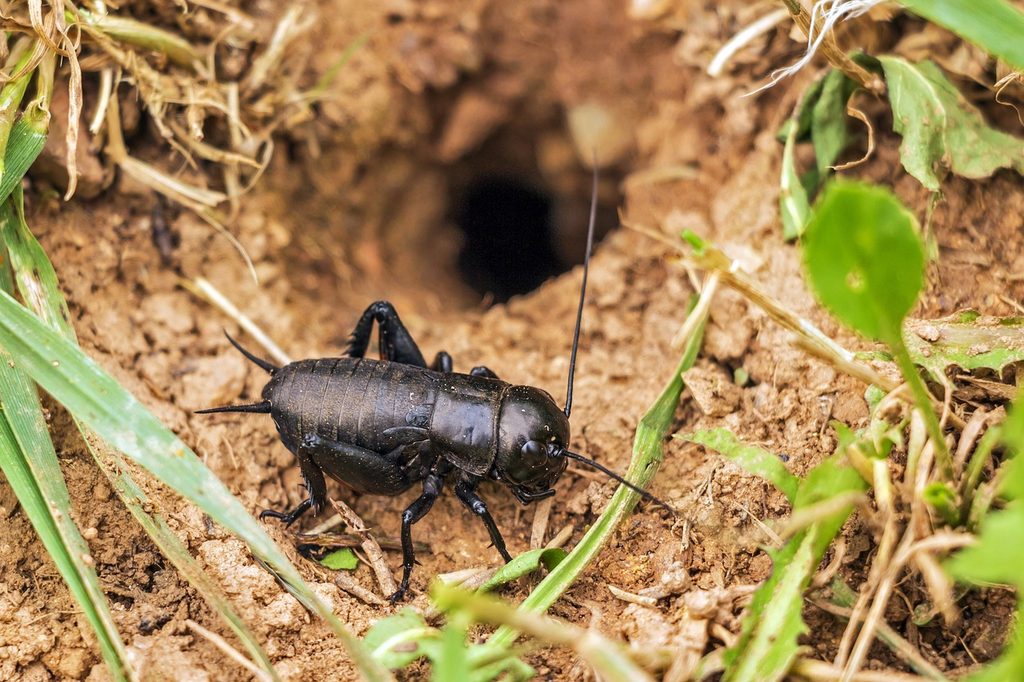
Before you tackle a cricket infestation, it’s important to identify the specific type of cricket you’re dealing with. Not all crickets are created equal; understanding the differences will help you address the problem better.
- House crickets – These yellowish-brown crickets are the most common species to enter homes. They are often attracted to warm areas and can become a problem in basements, kitchens, or near heaters.
- Field crickets – Typically found outdoors, field crickets are black or dark brown and are known for their loud chirping. They may enter homes in search of warmth but primarily stay outdoors.
- Camel crickets – These crickets are a bit more unusual in appearance, with a humpbacked shape and long legs. They are often found in damp, cool places like basements or crawl spaces and don’t chirp, making them more challenging to notice until you see them hopping around.
Identifying the type of cricket is crucial because it helps you determine whether you’re dealing with an indoor or outdoor problem. Additionally, different species may require slightly different approaches for removal.
How to get rid of crickets in your yard
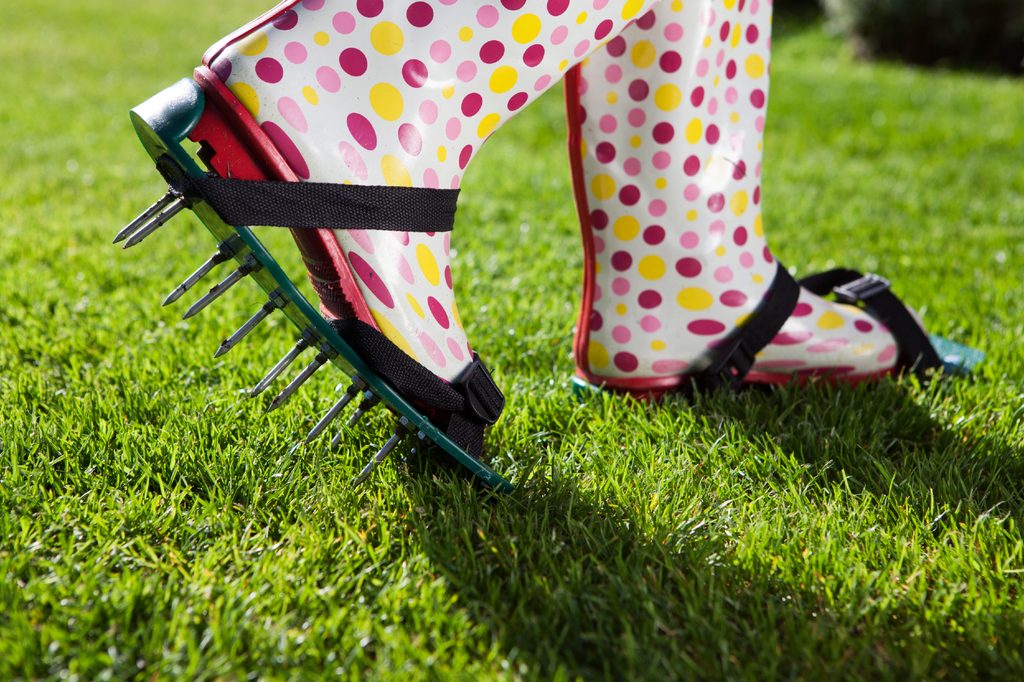
When it comes to preventing crickets from invading your home, it’s a good idea to start with your yard. Crickets thrive in environments that provide them with food, moisture, and shelter, so addressing these factors can help you significantly reduce their population.
1. Reduce moisture
Crickets are attracted to moist environments. Make sure your lawn drains sufficiently and avoid overwatering your plants and garden. Fix any leaky hoses or faucets to remove standing water.
2. Remove debris
Crickets often hide in piles of leaves, wood, or other debris. Clean up your yard by removing these hiding spots, and keep your lawn maintained by regularly mowing and trimming vegetation.
3. Use natural repellents
Using essential oils like peppermint or citrus as natural insect repellents can help. Spraying a solution of water and these oils around the perimeter of your yard may keep crickets at bay.
4. Install outdoor lighting strategically
Crickets are attracted to bright lights. By using yellow bug lights instead of white or blue-toned lighting, you can reduce their attraction to your yard and encourage them to move elsewhere.
How to get rid of crickets in your home
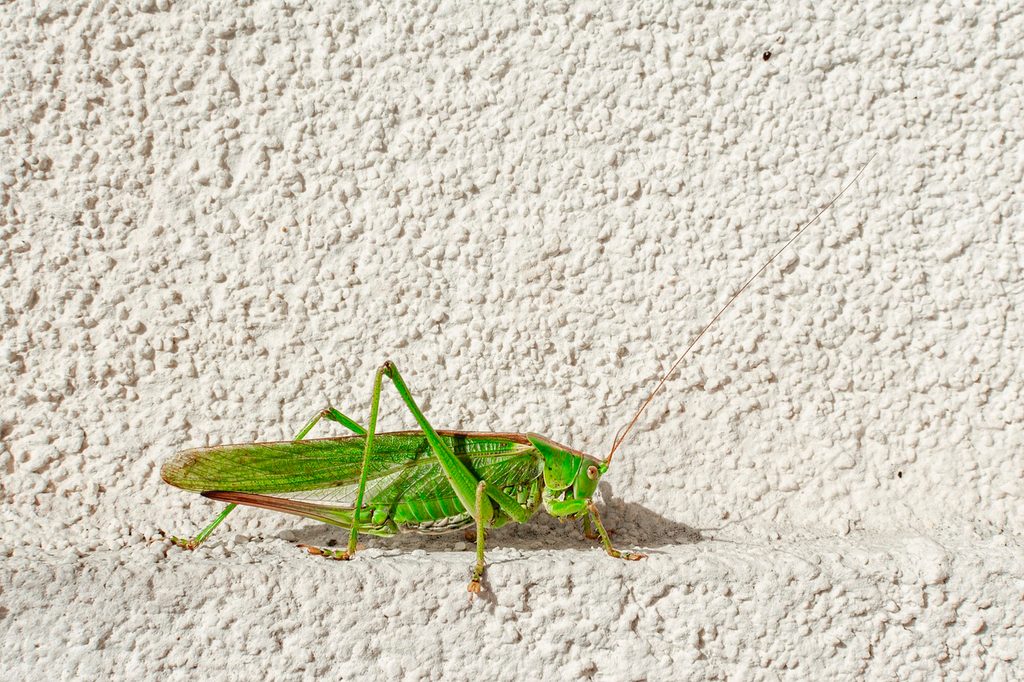
If crickets have already made their way indoors, there are several steps you can take to remove them effectively.
1. Seal entry points
Start by inspecting the outside of your home for any cracks, gaps, or holes in windows, doors, or walls that may be allowing crickets to enter. Seal these openings with caulk or weather stripping to keep them out.
2. Reduce indoor moisture
Just as in the yard, crickets are drawn to moisture. Ensure that indoor areas like basements, laundry rooms, and bathrooms are ventilated and free from excess moisture. Use a dehumidifier in damp areas to make the environment less appealing to crickets.
3. Set traps
Sticky traps are an easy way to catch crickets that have already found their way inside. Place these traps in areas where you’ve noticed cricket activity, such as near windows, doorways, or along baseboards.
4. Vacuum and clean
Regularly vacuuming areas where crickets are present can help remove not only the insects themselves but also the crumbs and debris that may be attracting them. Keeping your home clean will reduce the chances of crickets staying for long.
How to discourage them from coming back
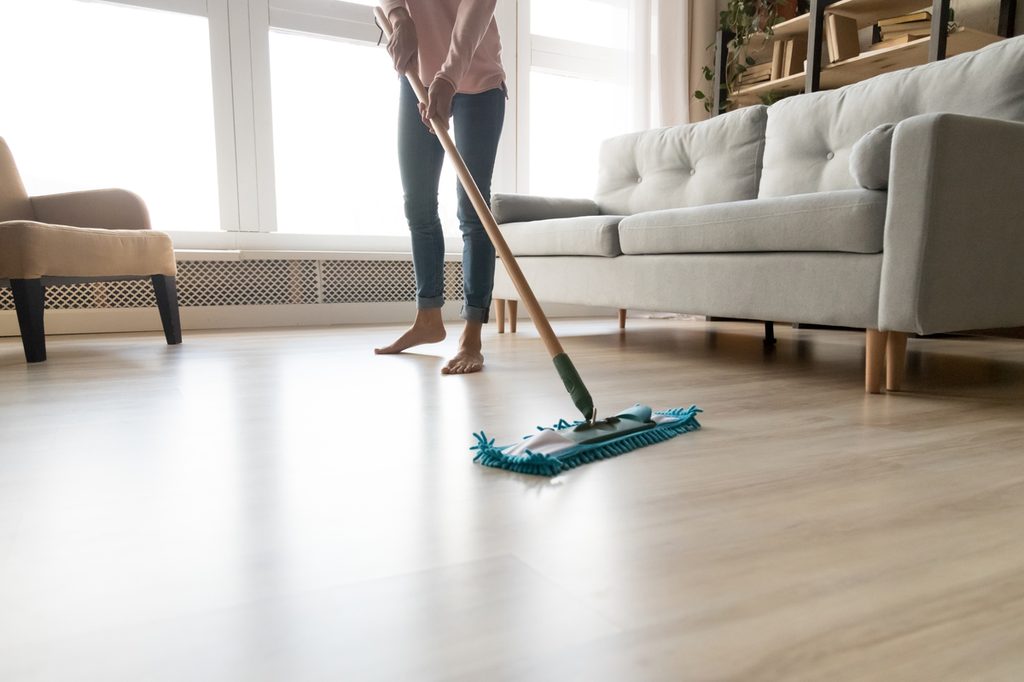
Once you’ve removed the crickets from your home or yard, it’s essential to take preventive measures to keep them from returning. The key to long-term cricket control is making your home and yard less appealing to them.
- Maintain cleanliness – Regular cleaning both inside and outside your home is one of the most effective ways to discourage crickets. Removing food sources, such as plant debris or crumbs, will make your home and yard less attractive to these insects.
- Install screens and barriers – Make sure that windows and doors have proper screening, and install weather stripping around entryways. This can prevent crickets from sneaking in through cracks or gaps.
- Use outdoor treatments – Consider using perimeter insecticides around the foundation of your home. This can create a barrier that deters crickets from coming too close to your house.
- Limit outdoor lighting – Since crickets are drawn to bright lights, reducing the intensity of outdoor lighting or switching to yellow bug lights can minimize the chance of attracting them to your home.
By following these preventive measures, you can greatly reduce the likelihood of crickets returning and keep your home cricket-free in the long term.
Crickets may not be the most harmful pests, but they can certainly cause annoyance and even minor damage if left unchecked. Knowing how to get rid of crickets, whether they’re in your yard or inside your home, is the first step to regaining your peace and quiet. With the simple steps we’ve outlined, you can ensure that crickets won’t be a problem in the future.
